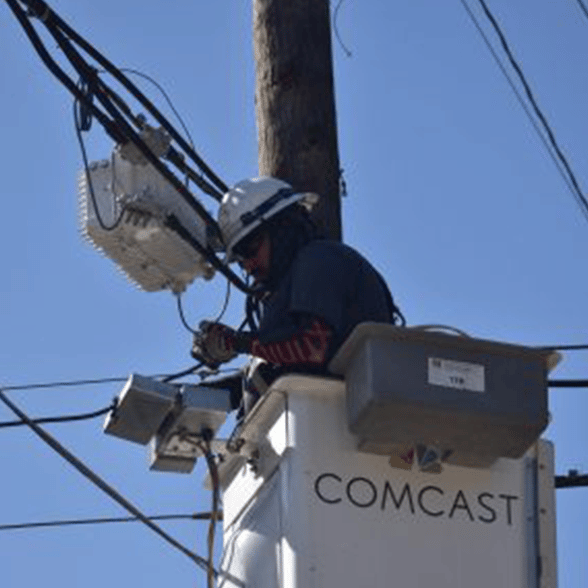 The list of mainstream traditional programming that will become available direct-to-consumer, without the need of a pay-TV subscription is growing. The popular children’s channel Nickelodeon is the latest to join this list, which also includes HBO, CBS, Showtime, Univison, and others.
The list of mainstream traditional programming that will become available direct-to-consumer, without the need of a pay-TV subscription is growing. The popular children’s channel Nickelodeon is the latest to join this list, which also includes HBO, CBS, Showtime, Univison, and others.
These moves illustrate a rapidly evolving pay-TV industry, creating more questions than answers regarding the future of the business model for content distribution.
Nickelodeon OTT
Variety reports the Nick OTT channel will launch sometime in February and will target families with a mobile friendly OTT channel. No word on pricing yet. The Variety report states that the new OTT channel may be branded differently than the current Nickelodeon channel, but few details were revealed.
Kids programming is featured in many existing OTT offers from providers like Netflix. DISH’s Sling TV OTT offer provides a “kids” tier of programming for an additional $5 monthly over and above their $20 per month standard tier.
Nickelodeon is a prized channel for Viacom, who has been involved in some nasty disputes with cable providers in the past year over rising programming costs. Those disputes have led several smaller cable companies to drop Viacom programming altogether. Viacom has been known to block access to their content online for customers of cable companies who they are in a dispute with over content rights.
Adding a direct-to-consumer OTT option certainly adds an interesting angle to these disputes, which are only going to multiply in the future.
Changing Pay-TV Landscape
This coming year will be one to carefully observe regarding the pay-TV model. Numerous mainstream media outlets are now testing the waters with OTT options. Verizon has hinted at joining DISH/Sling TV with a packaged OTT offer that features a traditional cable channel line-up, although it will probably be a mobile focused offer.
I suspect we’ll see more mainstream channels announce OTT offers. Add it all up, and 2015 is shaping up to be a pivotal year for the delivery of OTT content over broadband networks – or broadband TV. One that potentially lays the groundwork for a significant shift in the traditional pay-TV model, with major implications for video service providers and broadband providers alike.


